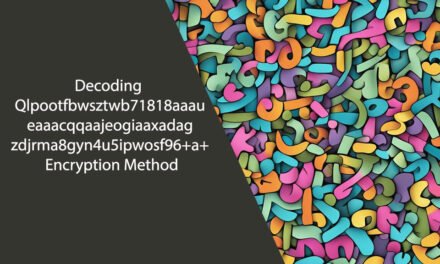Push notifications are widely used nowadays, but their closest cousin, an in app notification, gets much less attention. This is unfortunate because in app notification messaging can significantly influence a user’s decision to utilize an application or not. They also make the user’s engagement with the app simpler and raise the app’s perceived worth.
Visiting https://www.nashpush.com/blogs/push-notifications-vs-in-app-notifications will provide you with a better understanding of the differences between in app notifications and push notifications. Why is it important to distinguish those two terms? For the benefit of the user experience, engagement strategies, and overall system architecture, it is crucial to distinguish between in app notifications and push notifications. Knowing the difference will help you promote your product in the way you want and use all the benefits entailed in a particular feature.

Why use in app notification
In app notifications are a type of message delivered to the user once they have accessed a particular app. These alerts are meant to convey more specific and timely information. The placement of in app notifications is completely arbitrary. They are used to guide the user inside a particular application, which distinguishes them from push notifications operating “outside” the app. They are used to:
- Guide users. Notifications within an app are a good way to provide quick relevant hints and instructions. Users will pick up the right habits when using the program right away without having to read the manual separately.
- Request customer feedback. Users who are actively using or have recently used your app are more likely to provide useful feedback. You can successfully collect such insightful user feedback with in app notifications.
- Deliver personalized recommendations. Building customer loyalty through individualization is essential. The user’s habits and preferences can be tracked by an app. You may tailor your content and recommendations to users’ actual preferences with the help of the data you collect and analyze.
The purpose of in app notifications is to improve the user experience and increase app engagement. Depending on the app’s layout and features, notifications may appear as banners, pop-up windows, badges, or in particular parts of the app.
Why use push notification
Push notifications are the most popular type of notifications displayed on any Internet device, including PC tablets, smartphones, and even smartwatches. The user often sees these messages on the lock screen without having to start a particular app. Push notification is used to:
- Serve specific information. The goal is to offer information that is particular to the location of a user. Depending on your current location, you will receive according notifications.
- Promote a particular device application. Push notifications provide the customer with information regarding the special deals and discounts that are available from the brand, such as those that are offered during the holidays or specific seasons.
- Inform the user. These alerts are activated in response to the user’s actions and purchases within a particular product that has been in active use recently.
- Encourage users to continue using a particular app. Push notifications are meant to keep the consumer engaged with the product. An abandoned cart notice is a great example of a retention message used in e-commerce apps. Push alerts aimed towards retention are also often used by game creators.
App designers and developers must be aware of the distinction between in-app and push notifications because of the changes in context, purpose, and technical needs between the two. Using each one to its full potential increases interaction and positive user experience.





